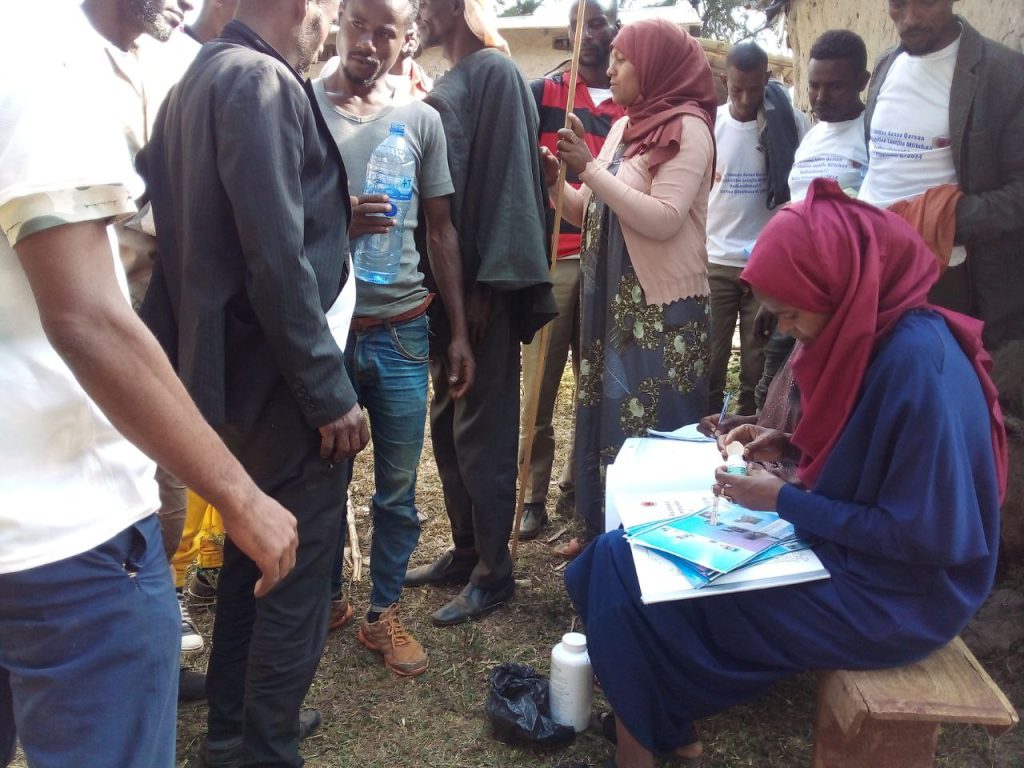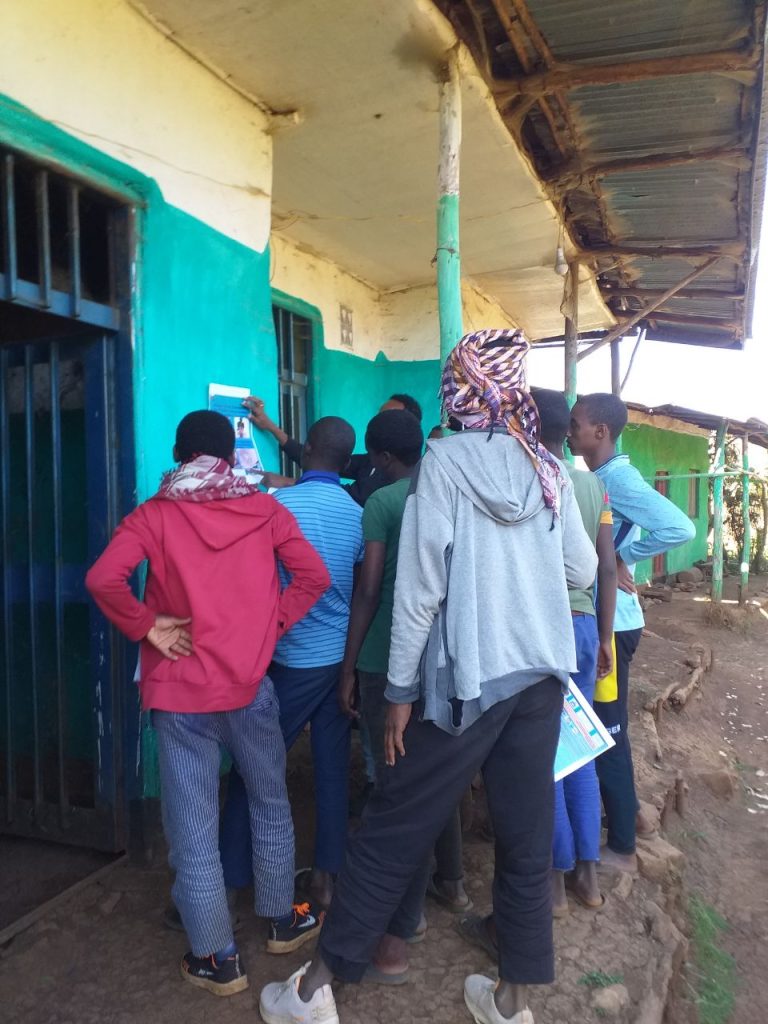Menu
Jimma University conducted a study on the effectiveness of co-delivered mass drug administration campaigns for controlling onchocerciasis and soil-transmitted helminths in Ethiopia together with the partial integration of other health campaigns.

Oromia Region
Onchocerciasis and soil-transmitted helminths
Jimma University conducted a mixed-methods study to better understand the implications of co-delivering campaigns for onchocerciasis chemotherapy and deworming of children and women of reproductive age, and partially integrating additional health campaigns with this effort in Ethiopia’s Oromia region. The partially integrated campaigns addressed social and behavioral change communication around COVID-19 and water, sanitation, and hygiene, as well as the identification of children under one year of age who were not fully vaccinated. Through this study, researchers assessed community attitudes and views around co-delivery and facilitated stakeholder development and implementation of a co-delivery approach.

As highlighted in the World Health Organization’s road map for neglected tropical diseases, an integrated approach to neglected tropical disease (NTD) campaigns can improve program efficiency, effectiveness, and management, thus enhancing health outcomes. In line with this finding, Ethiopia aims to accelerate the control of NTDs by integrating NTD interventions.
In Ethiopia, the integration of health campaigns often falls short of the coordination level needed to improve health outcomes. Further, prior to this study, minimal data were available on the feasibility of NTD campaign co-delivery in Ethiopia.
The objectives of this study were to:

Researchers assessed co-delivery and integration effectiveness by analyzing changes in treatment coverage and community knowledge and practices. The findings illustrate that co-delivery of onchocerciasis and soil-transmitted helminths (STH) interventions led by Health Extension Workers (HEWs) and supported by volunteers promotes strong coverage. As such, the study results suggest that co-delivery of these campaigns warrants further exploration and adoption in other contexts within Ethiopia.
Scroll down for more key findings.
Zewdie Birhanu, PhD, professor at Jimma University, discusses the key findings and lessons of the project.